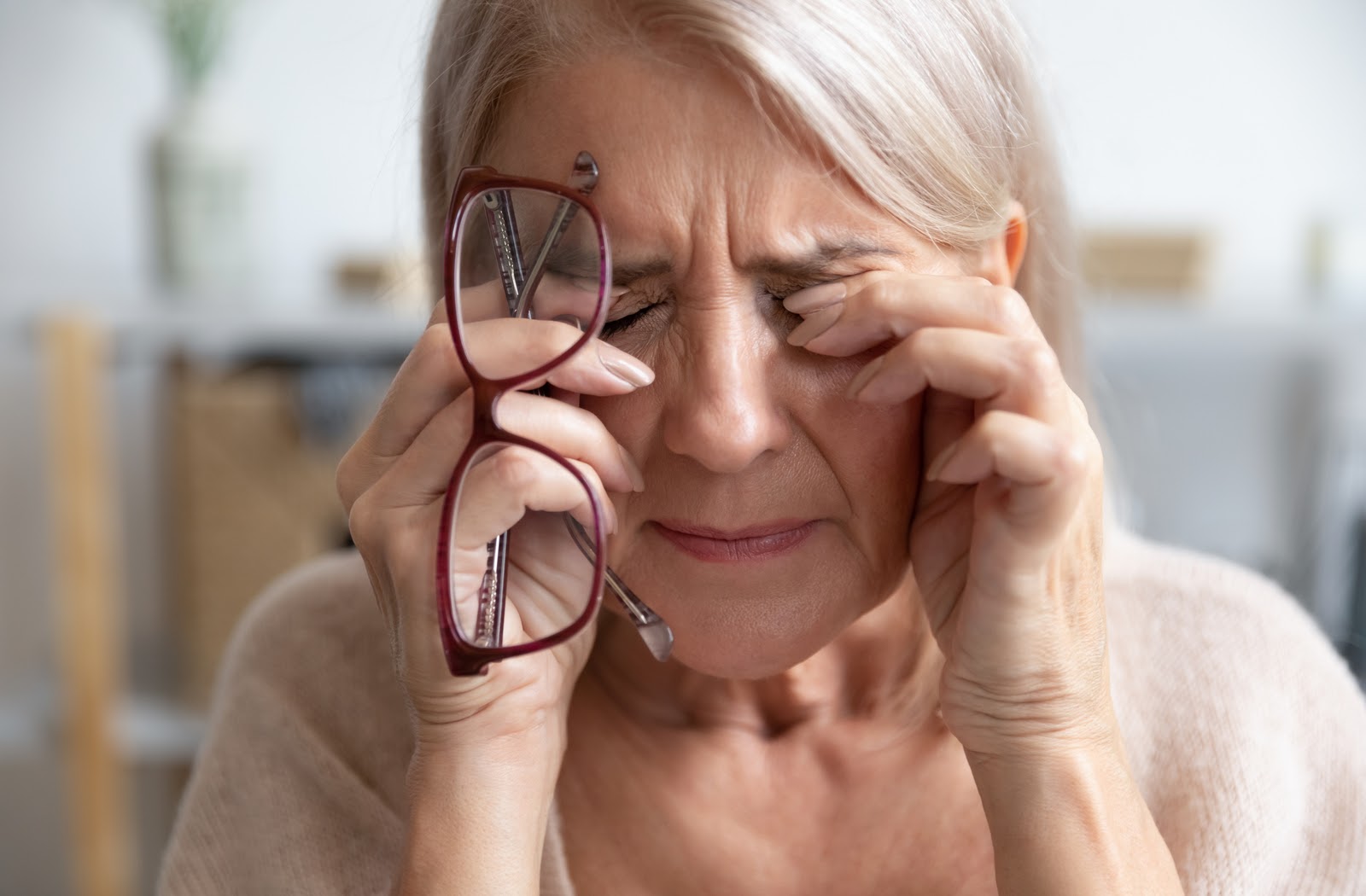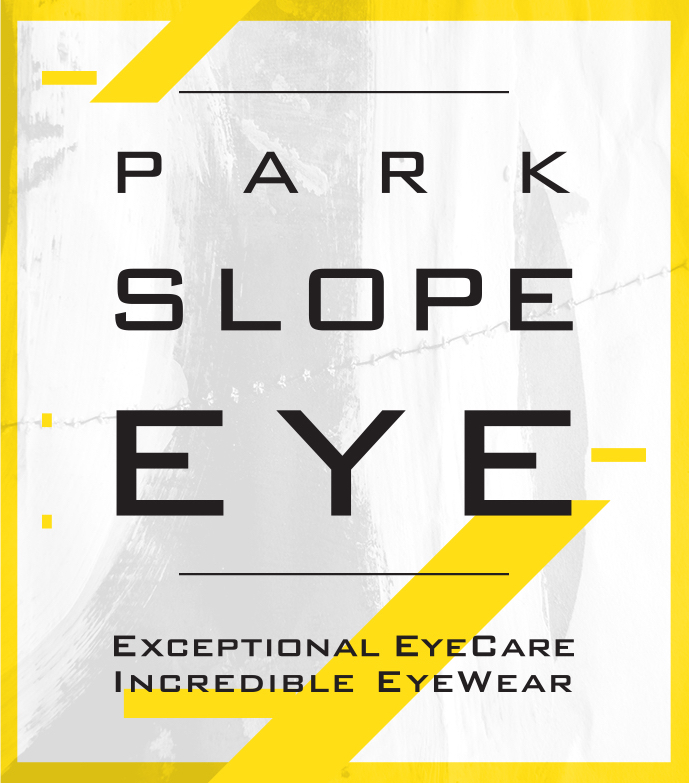Nearly 16 million Americans suffer from dry eyes, with many looking for relief. Booking an appointment with your optometrist can help you find long-term solutions for your dry eyes, but until then, you may use over-the-counter eye drops to keep your eyes moist.
With so many options out there, it’s best to aware of what’s in your eye drops. Many over-the-counter eye drops have preservatives, which are not recommended for use. Eye drops with preservatives irritate the eyes and lead dry eye symptoms due to the effect they have on the production and maintenance of your team film.
Visit the team at Park Slope Eye to determine a treatment plan for your dry eyes, including the right eye drops for your irritating symptoms.
What is Dry Eye?
Dry eye is a common eye condition affecting millions of Americans. Your eyes are lubricated by tears each time you blink, providing your eyes with moisture and protection, but complications can arise when there is instability in your tear film.
Dry eye commonly occurs because of ineffective tears or decreased tear production. When your tear film is affected, you may experience several irritating symptoms, including:
- A stinging, burning sensation in your eyes
- Light sensitivity
- Red eyes
- Foreign object sensation
- Blurred vision
- Eye fatigue
- Watery eyes
When you’re experiencing dry eye symptoms, relief is your top priority. Many use artificial tears (eye drops) for quick, temporary relief.
Artificial Tears for Dry Eyes
If you suffer from dry eye symptoms, you’re likely looking for fast relief. Dry, irritated eyes can affect your quality of life and even cause damage in severe cases. Visiting your optometrist is your best chance to find long-term relief when experiencing dry eyes. Many use artificial tears as a temporary solution.
What are Artificial Tears
When you’re looking to ease your dry eye symptoms, many start by buying a bottle of over-the-counter eye drops to provide extra moisture. Because no prescription is required, artificial tears are one of the most common treatments for dry eye.
There are many different brands of artificial tears, but they all mimic real tears to provide moisture to your dry eyes. Artificial tears are a great solution when your tears dry out from working on the computer for too long, windy or smokey conditions, and other external causes.
Besides moisturizing your dry eyes, some artificial tears promote healing, work to slow tear evaporation, or even contain thickening agents for longer relief.
If you’re looking for an over-the-counter dry eye solution, what type of artificial tears should you purchase?
Preservatives vs. Preservative-Free Eye Drops
If you need dry eye relief as soon as possible, you can pick up artificial tears. There are many different brands, so you may need to try several to find the best solution for yourself. Choosing the right artificial tears may be a choice of brand preference, but there are two main categories of eye drops with one major difference between them: preservatives.
Artificial Tears with Preservatives
Artificial tears containing preservatives typically come in multi-use bottles. The preservatives prevent the growth of bacteria after opening the bottle, allowing for longer periods of use. These preservatives may irritate, and people using eye drops multiple times per day should avoid them.
Preservative-Free Artificial Tears
Preservative-free artificial tears have fewer additives and are helpful for people using eye drops multiple times per day. These may come in single-dose vials because they do not last as long as artificial tears with preservatives.
While the main difference between different artificial tears is the added preservatives, what are these eye drops made of?
What are Artificial Tears Made Of?
If you’re debating using artificial tears for your dry eyes, what are they made of? The active ingredients are generally safe to use as often as you need, but it’s still important to know what you’re putting in your eyes. Artificial tears attempt to mimic real tears, using a mixture of different ingredients, including:
- Lubricants to moisturize your eyes
- Guar gum (found in more oily drops) used to keep tears from drying up
- Electrolytes to help heal the surface of the eye
- Preservatives (if present) to prevent bacteria growth in the bottle
Many optometrists don’t recommend using artificial tears with preservatives more than 4 times a day. The chemicals used may irritate your eyes, but why are these preservatives bad for dry eyes?

Why Artificial Tears with Preservatives Are Bad for Dry Eye?
While preservatives can help your artificial tears last longer in the bottle, many people find the additives can irritate their eyes. The chemicals present in the preservatives can cause poor production and maintenance of the tear film, and this can cause dry eye symptoms.
A study on the preservatives in eye drops found several negative symptoms associated with them. One of the main chemicals used in these eye drops, benzalkonium chloride (BAK), is linked to several effects of long-term use, including:
- Burning & stinging sensations
- Discomfort when administering eye drops
- Foreign body sensation
- Dry eyes
- Watery eyes
- Itchy eyelids
For people with chronic or more severe cases of dry eye, artificial tears with preservatives can irritate the eyes. This irritation is why many optometrists don’t recommend using these eye drops more than 4 times per day. Long-term use can cause more irritation than relief.
With this in mind, how do you know if you should avoid using artificial tears with preservatives?
Who Should Avoid Artificial Tears with Preservatives?
While artificial tears can provide temporary relief of dry eye symptoms, they can do more harm than good if the added preservatives irritate your eyes. Avoid artificial tears containing preservatives if they:
- Bother your eyes
- Your dry eye is severe
- You use eye drops more than 4 to 6 times per day
With severe cases of dry eye, you can find your best chance for relief by visiting your optometrist. They can recommend a treatment plan suited for your unique needs.
Find Long-Term Comfort
If you experience dry eye symptoms and artificial tears don’t help, visit your optometrist. They can recommend a treatment plan so you can live your life comfortably. Instead of suffering through your symptoms, look into possible dry eye treatments by booking an appointment.









